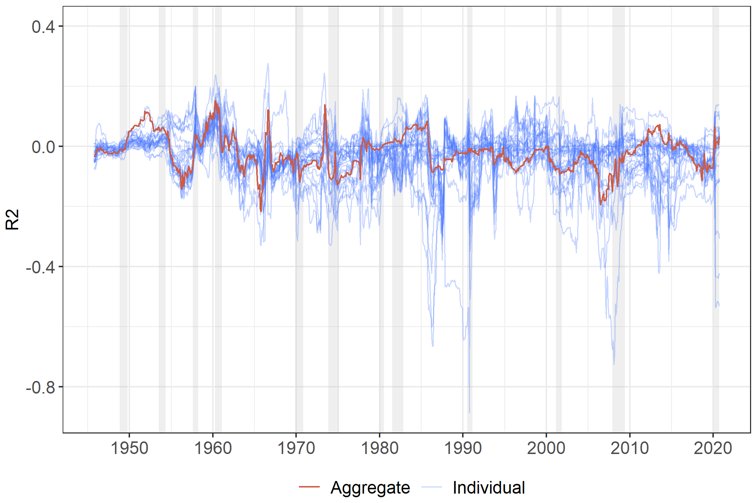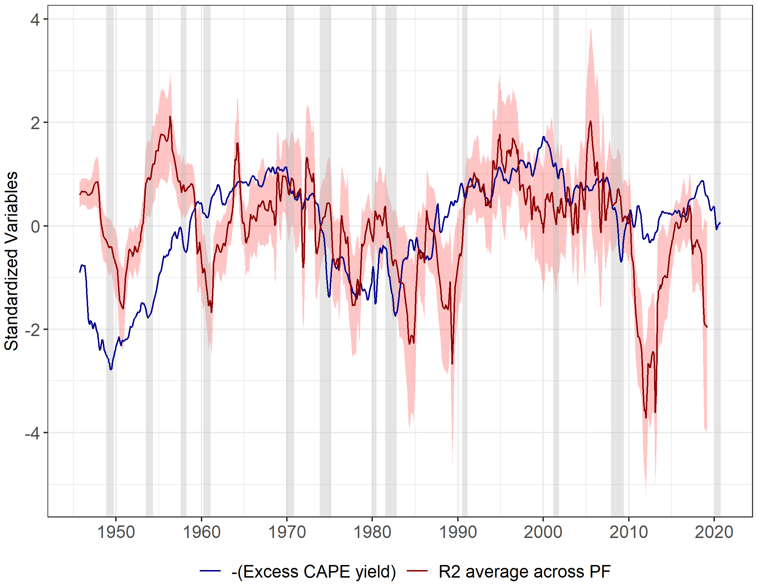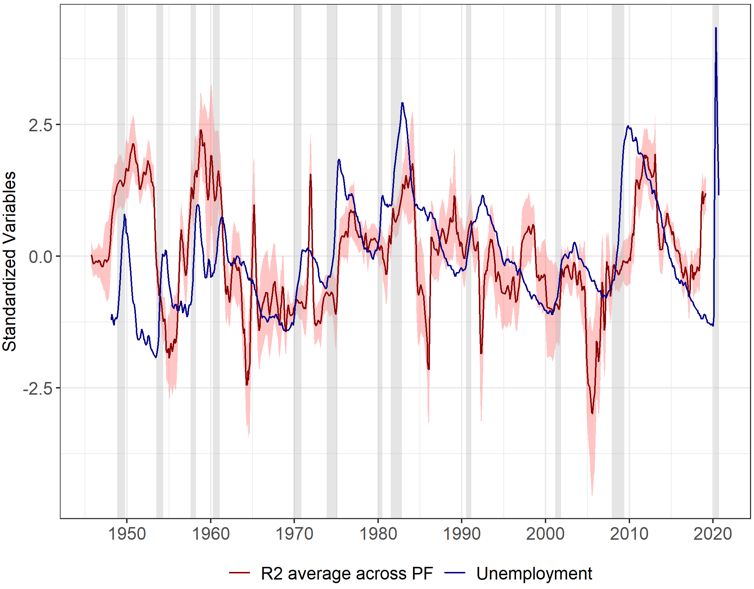References
Blot, C., P. Hubert, and F. Labondance. 2018. Monetary Policy and Asset Price Bubbles. Sciences Po OFCE Working Paper 2018-5.
Cochrane, J. H. 2008. The dog that did not bark: A defense of return predictability. Review of Financial Studies 21:1533-1575.
Dangl, T., and M. Halling. 2012. Predictive regressions with time-varying coefficients. Journal of Financial Economics 106:157-181.
Farmer, L., Schmidt, L., & Timmermann, A. 2022. Pockets of predictability. Journal of Finance, forthcoming.
Henkel, S. J., J. S. Martin, and F. Nardari. 2011. Time-varying short-horizon predictability. Journal of Financial Economics 99:560-580.
Jung, J., and R. J. Shiller. 2005. Samuelson’s dictum and the stock market. Economic Inquiry 43:221-228.
Rapach, D. E., J. K. Strauss, J. Tu, and G. Zhou. 2011. Out-of-Sample Industry Return Predictability: Evidence from A Large Number of Predictors. SMU Working Paper 2-2011.
Shiller, R. J. 2015. Irrational exuberance: Revised and expanded third edition. Princeton university press.
Shiller, R. J., L. Black, and F. Jivraj. 2020. CAPE and the COVID-19 Pandemic Effect. SSRN Electronic Journal 3714737.






